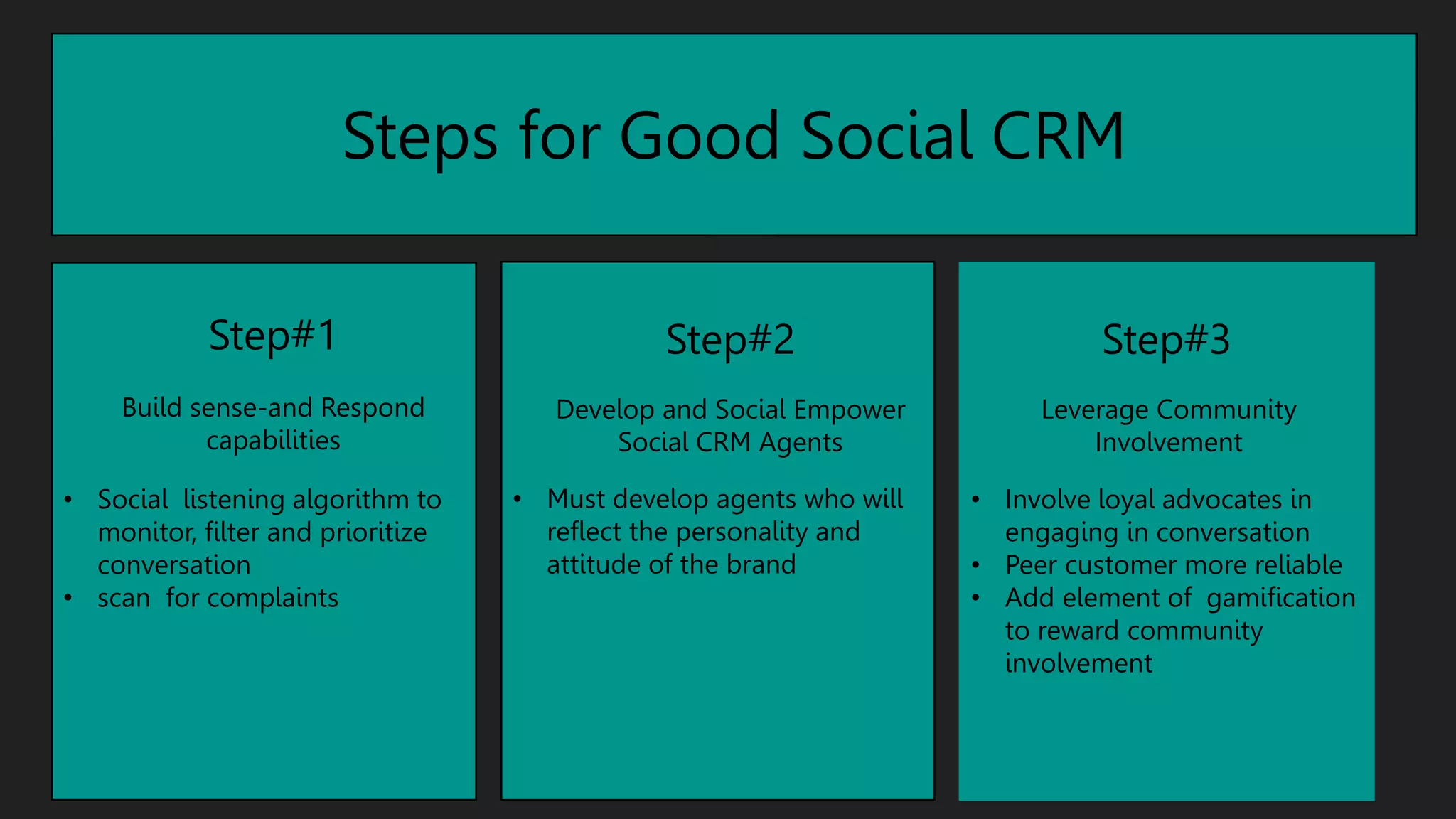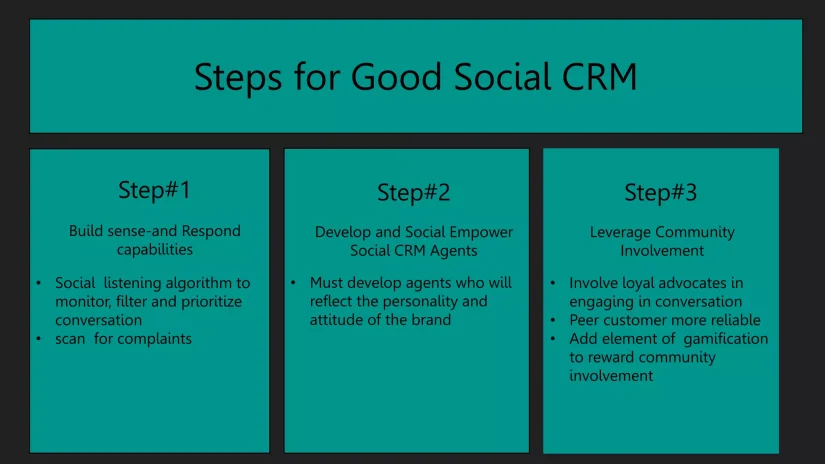
Marketing Sells. Engagement Serves.
Many brands mistakenly believe that engagement and marketing are synonymous. However, there is a distinction. Marketing focuses on visibility, while engagement emphasizes connection. One seeks to draw attention, and the other strives to cultivate trust.
Nevertheless, a significant number of companies still fail to differentiate between the two—and it reflects poorly on them. A 2023 Edelman Trust Barometer indicates that only 59% of consumers feel that companies “genuinely listen” to their communities. This means that nearly half of the audience you aim to reach feels disregarded.
You cannot resolve this issue through advertisements. You must earn trust by actively listening.
Why Listening Feels Challenging for Brands
The control issue
The majority of corporations are designed for control, equipped with approval processes, brand guidelines, and legal constraints. Conversely, listening necessitates relinquishing some control. It requires being present and hearing feedback that may be uncomfortable.
This discomfort is challenging for large organizations. Yet, it is essential.
“We quickly realized that people don’t want to be lectured—they want to be acknowledged,” shared Ernesto Morales of North Star Alliances, reflecting on a project when his company halted a campaign to conduct listening sessions instead. “The insights we gained completely transformed our approach—and strengthened the outcome.”
Listening is not a passive process. It requires active inquiry. It helps make individuals feel like part of the narrative instead of mere targets.
Mistake #1: Mistaking Attention for Understanding
Views don’t signify trust
<spanIf your campaign attracts 10,000 clicks, that’s impressive—but it doesn’t indicate a genuine connection. Metrics fail to quantify the level of trust people have in you; they only measure curiosity, not assurance.
Authentic engagement involves establishing a reciprocal interaction. You’re not merely delivering a message—you’re initiating dialogue.
Consider this: Are individuals responding? Are they posing questions, sharing ideas, or attending events in person? If not, you’re marketing, not engaging.
Mistake #2: Participating Only When There’s a Need
Trust can’t be established under time constraints
<spanNumerous organizations engage only when they wish to introduce a product, construct a facility, or seek public endorsement for a proposal. The community takes note.
Genuine engagement means being actively involved even when you are not promoting anything. Organize local events. Participate in community meetings. Champion small causes without seeking recognition.
A 2022 Pew Research study revealed that 73% of individuals are more inclined to back a company that is consistently engaged in their community—not just during significant launches or PR campaigns.
Listening shouldn’t be an isolated phase in your strategy—it’s the cornerstone.
Mistake #3: Assuming Outreach is One-Size-Fits-All
Every community communicates uniquely
<spanCorporations favor uniformity. Consistent brand voice, tone, and visuals. However, this method can be counterproductive in outreach efforts. Communities are not just audiences—they’re
